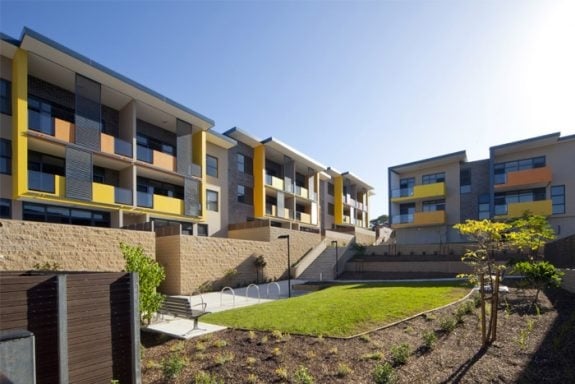
He notes the importance of detailed design in advance of construction, unlike site-built where modifications are frequently necessary during the construction process. He adds that many still equate modular with cookie cutter portable classrooms and drab site offices. As MHProNews understands, the factory-built process conveys a much clearer advance picture of the final project and generally the cost as well.
While McGregor says prefab only accounts for three percent of residential construction in Australia, more research is necessary to determine the future market potential, according to sourceable-au. While modular offers shorter build time, less waste and less disruption of the surrounding site, he states the biggest difference is in construction cost savings.
“Almost all large projects in any sector will have elements that are well suited to off-site elements. Identifying which prefabrication options make most sense for a particular project and understanding how they are best incorporated into a project is what is required to capture the benefits” modular has to offer, he added. ##
(Image credit: sourceable-au–modular housing in New South Wales)


























